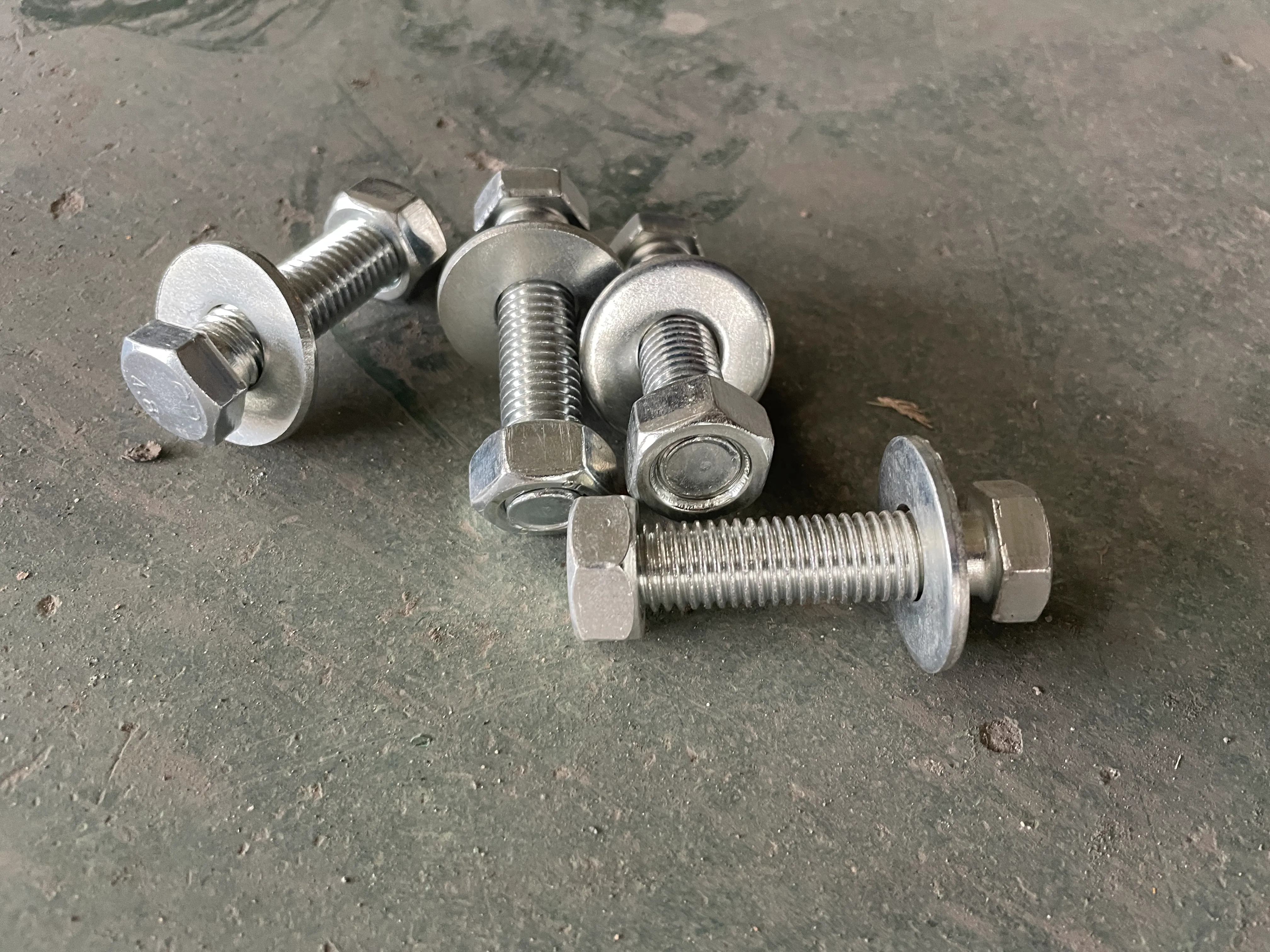loading...
- No. 9, Xingyuan South Street, Dongwaihuan Road, Zaoqiang County, Hengshui, Hebei, China
- admin@zjcomposites.com
- +86 15097380338
- Welcome to visit our website!
Advancements in FRP Structural Profiles for Enhanced Construction Applications
Understanding FRP Structural Profiles A Modern Engineering Approach
In recent years, Fiber Reinforced Polymer (FRP) structural profiles have emerged as pivotal components in contemporary engineering and construction projects. As industries strive for more efficient, durable, and sustainable materials, FRP provides an innovative solution that caters to these evolving demands.
What are FRP Structural Profiles?
FRP is a composite material consisting of a polymer matrix reinforced with fibers, typically glass, carbon, or aramid. This combination results in a material that exhibits exceptional strength-to-weight ratios, enhanced corrosion resistance, and versatility in design. FRP structural profiles refer to various shapes and forms made from FRP, such as beams, columns, and plates, which are utilized in diverse applications across industries.
Advantages of FRP Profiles
1. Corrosion Resistance One of the most significant advantages of FRP is its resistance to corrosion. Unlike traditional materials like steel, which can degrade over time due to environmental factors, FRP maintains its integrity in harsh conditions. This characteristic makes it particularly attractive for infrastructure applications, such as bridges and marine structures, where moisture and chemicals can accelerate deterioration.
2. Lightweight FRP profiles are considerably lighter than their metal counterparts. This reduction in weight translates to lower transportation costs, easier handling during installation, and the potential for reduced loading on supporting structures. Engineers often find that the lightweight nature of FRP allows for more innovative design solutions.
3. High Strength and Durability Despite its lightweight characteristics, FRP boasts impressive strength, making it suitable for load-bearing applications. Its durability ensures that structures can withstand environmental stresses, thereby extending their lifespan and reducing maintenance costs.
4. Design Flexibility FRP can be molded into various shapes and sizes, allowing for unique architectural designs that would be difficult or impossible to achieve with traditional materials. This flexibility encourages creativity and innovation in engineering and architectural design.
frp structural profiles

5. Sustainability As the world pushes towards greener construction practices, the use of FRP aligns with sustainable development goals. The manufacturing processes for FRP profiles can be optimized to reduce waste, and their long lifespan decreases the need for frequent replacements, further minimizing environmental impact.
Applications of FRP Structural Profiles
FRP structural profiles have found applications in various fields. In civil engineering, they are employed in bridges, walkways, and building facades, where their attributes enhance both functionality and aesthetics. The transportation sector benefits from lightweight FRP components in vehicles, reducing fuel consumption and emissions.
Moreover, the oil and gas industry utilizes FRP for piping and structural supports due to its resistance to corrosive chemicals. Electrical utilities also adopt FRP poles and structures, benefiting from their non-conductive properties, which enhance safety in power distribution.
Challenges and Considerations
While the benefits of FRP are compelling, some challenges remain. The initial cost of FRP can be higher than traditional materials, which may deter some stakeholders. Additionally, there is a need for standardized testing and certification protocols to ensure quality and performance, as these are still developing in many regions.
Moreover, integrating FRP into existing structures and systems may require specialized knowledge and training. As this material continues to gain traction in the construction and engineering sectors, addressing these challenges will be crucial to its widespread adoption.
Conclusion
FRP structural profiles represent a significant advancement in materials science and engineering. Their unique properties—such as corrosion resistance, lightweight construction, and high durability—make them an attractive choice for modern construction projects. As industries increasingly prioritize sustainability and innovative design, FRP profiles are set to play a crucial role in shaping the future of engineering. Through continued research and development, the potential of FRP can be maximized, leading to safer, more resilient structures that stand the test of time.
-
GRP Structures: The Future of Lightweight, High-Performance EngineeringNewsJun.20,2025
-
FRP Water Tank: High-Performance Storage for Corrosive and Clean Water SystemsNewsJun.20,2025
-
FRP Square Tube: The New Industry Standard for Chemical and Structural ApplicationsNewsJun.20,2025
-
FRP Pultruded Profiles: The Ultimate Choice for Lightweight Structural StrengthNewsJun.20,2025
-
FRP Handrails: The Safer, Smarter, and Stronger Choice for Modern InfrastructureNewsJun.20,2025
-
FRP Grating: The Smart Solution for Durable, Lightweight Industrial FlooringNewsJun.20,2025
-
Why Choose a Galvanized Water Tank for Your Storage NeedsNewsMay.21,2025
